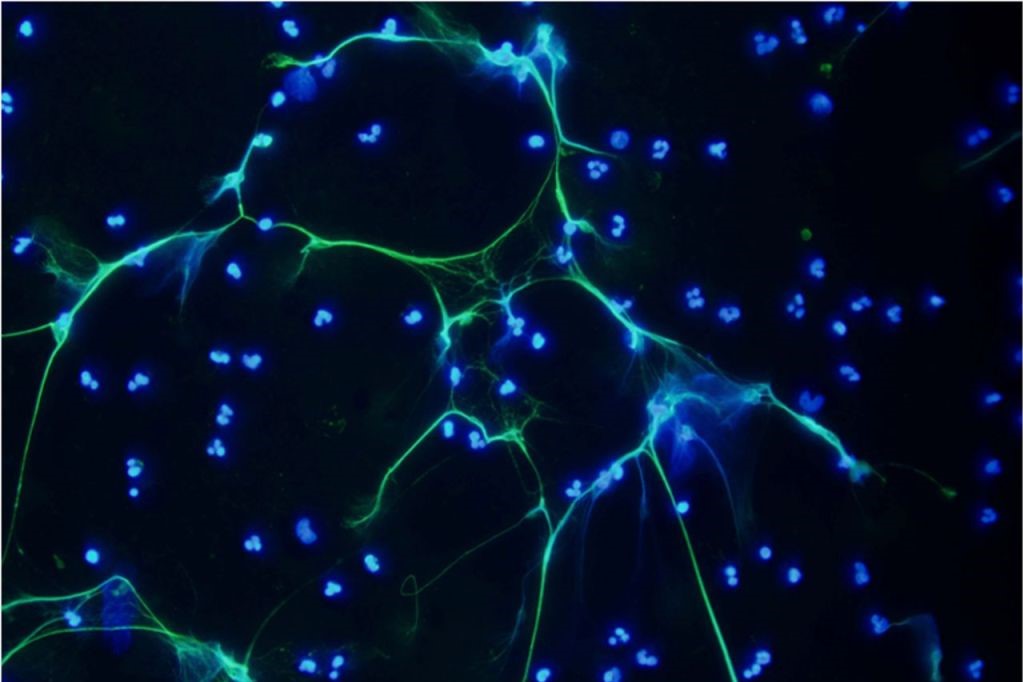
Tissue plasminogen activators: let's talk about fibrinolytic drugs
Plasminogen activators are substances belonging to the group of fibrinolytic drugs
They stimulate the formation of plasmin, an enzyme that protects the body from the formation of blockages in blood vessels by destroying certain structures in the blood such as fibrin (a protein used in blood clotting) and thrombi (solid masses of fibrin, platelets, white blood cells and red blood cells that can form in blood vessels).
The human body does not produce plasmin directly, but an inactive precursor, plasminogen, which is activated by various substances
The dosage of plasminogen activators in the human body is essential to control fibrinolysis, which is the process of dissolving the fibrin lattice (the protein responsible for coagulation) formed as a result of blood clotting: fibrinolysis ensures that blood clots do not form after a haemorrhage has stopped and that these clots do not occlude the blood vessels and prevent normal blood circulation (thrombosis).
What are plasminogen activators used for?
Activators are used in serious cardiovascular diseases such as pulmonary embolism, deep vein thrombosis and myocardial infarction.
How are plasminogen activators taken?
Activators are administered intravenously.
They are eliminated by the kidney.
Side effects of plasminogen activators
The main side effects of using these drugs include bleeding if other anticoagulants are taken at the same time or if they are overdosed.
Warnings of plasminogen activators
The use of these drugs potentiates the effect of other anticoagulant drugs taken at the same time.
Read Also:
Knowing Thrombosis To Intervene On The Blood Clot
Elevated Transaminases: What It Means And What Diseases It May Be Associated With


